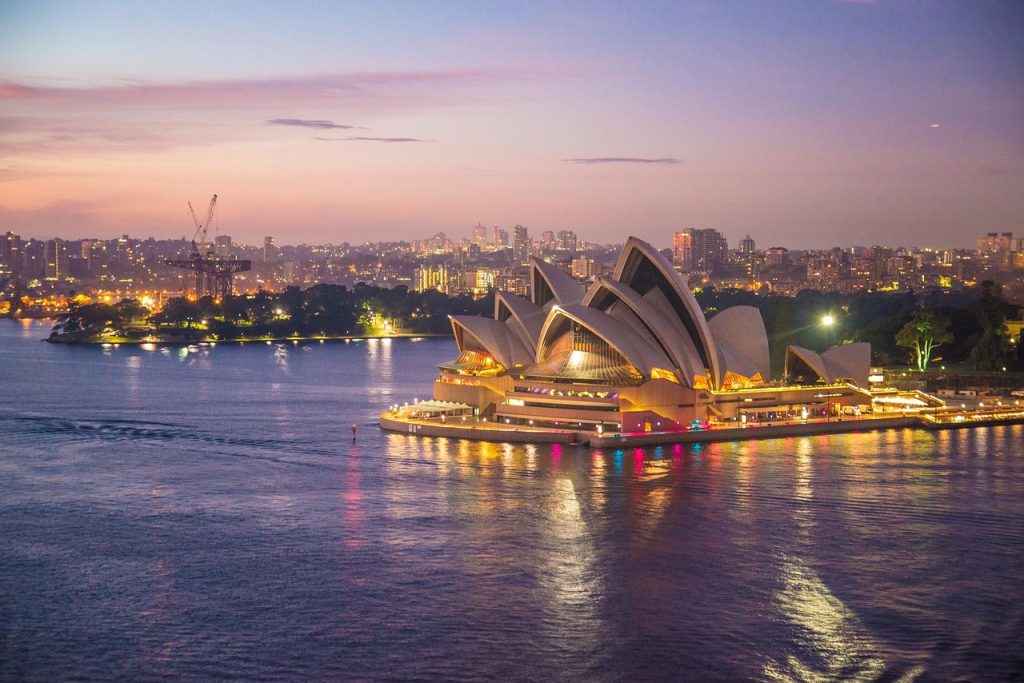The Australian Resident Return Visa (RRV) subclasses 155 and 157 are essential for people who are former permanent residents or current Australian citizens and who intend to maintain their resident status after travelling outside Australia.
This article simply explains these visa subclasses.
Understanding Resident Return Visas (RRV)
- Subclass 155: The Long-term RRV
Eligibility Criteria:
- Former or Current Residents: This visa is mainly for current or former Australian permanent residents.
- Travel Facility: It’s beneficial for those whose travel facility on their permanent visa has expired or is about to expire.
- Residency Requirement: Applicants must have lived in Australia for at least 2 years (730 days) in the last 5 years as a permanent resident or citizen.
Validity Period:
The visa can be granted with a travel facility valid for up to 5 years for those meeting the residency requirement. For those who don’t, but who have strong ties to Australia, a 1-year travel facility might be granted.
Benefits:
- This visa allows holders to leave and re-enter Australia as permanent residents during the travel period.
- It helps in maintaining one’s status as a permanent resident and preserves the pathway to citizenship.
- Subclass 157: The Short-term RRV
Eligibility Criteria:
This is for those who haven’t lived in Australia for 2 years but can demonstrate a compelling and compassionate reason for departure and return.
Suitable for those who have spent at least 1 day in Australia in the last 5 years as a permanent resident or citizen and have maintained substantial ties to the country.
Validity Period:
- This visa offers a travel facility for up to 3 months.
Benefits:
- Allows individuals to maintain their residency status despite not meeting the usual residence requirement.
- Useful in emergency or unforeseen situations requiring quick travel.
Application Process
- Documentation:
- Evidence of current or former permanent resident status.
- Documents proving ties to Australia, such as employment, family, property, or cultural links.
- For subclass 157, proof of compelling and compassionate reasons for travel.
- Online Application:
- Applications for both subclasses can be made online through the Department of Home Affairs website.
- It’s advisable to apply well before the intended travel date, especially if the current visa is nearing expiry.
Key Considerations
- Maintaining Status: Permanent residents must keep track of their travel facility expiry to avoid complications.
- Family Members: Dependent family members should also hold an RRV if they wish to travel in and out of Australia.
- Changing Circumstances: If circumstances change (like extended time outside Australia), consulting an immigration expert is advisable to understand visa implications.
Seeking the help of immigration agency
The vast expertise and experience an immigration agency or migration agent has with Australian immigration procedures & policies, is one of the main benefits of working with them. Because of their in-depth knowledge of the always-changing immigration rules and procedures, these specialists can offer accurate and up-to-date information. You can avoid potential problems and save a lot of time throughout the application process.
Summing up The Resident Return Visa subclasses 155 and 157 offer flexibility for Australian permanent residents and citizens who need to travel outside of Australia while maintaining their residency status. Understanding the eligibility criteria, validity periods, and application process is essential for smooth travel and re-entry into Australia. It’s always


